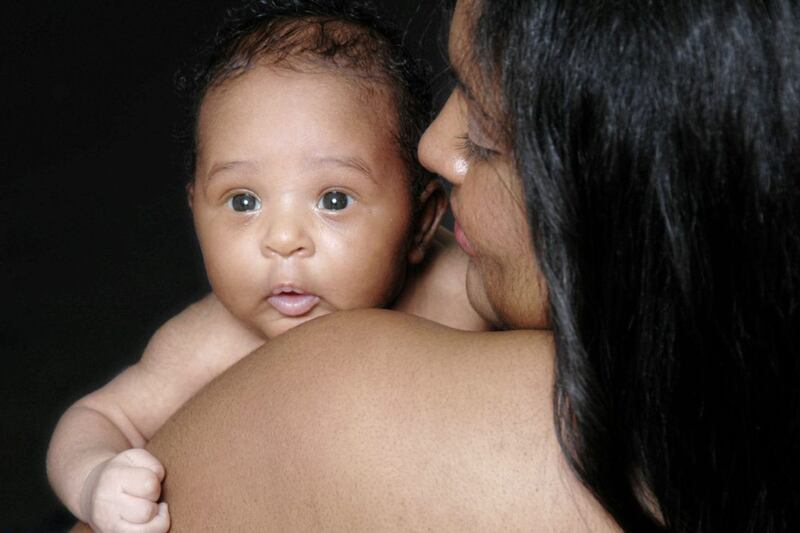Q: WHAT is skin to skin and is there any need for me to practice it with my baby once we've left hospital?
A: Midwife Jenny Lord says: "Skin to skin is the action of placing your naked baby on your bare chest after birth, and guidelines are now recommending it for all babies.
"This contact is proven to help you bond with your baby in the initial 'golden hour' after birth, though there are also huge pay-offs to continuing with skin to skin for several weeks as you and baby settle into your home routine.
"A key physiological benefit for your baby includes building their brain. Crucially, the amygdala – located deep in the centre of the brain – goes through a process of maturation during your baby's first two months. Skin to skin activates the amygdala, contributing to its maturation; this is vital to your baby's development.
"Other physiological benefits include increasing your baby's pain threshold and reducing their stress levels.
"Extended skin to skin time can have benefits for mums and dads too. Mothers who practice it have a lower risk of postnatal depression as this technique offers another way of calming your baby that doesn't involve feeding – you're likely to feel more confident with your baby if you practice it.
"Dads should have a go too – fathers who did skin to skin felt consolidated in their parental role.
"Skin to skin is a natural ability every mum has and something they should strive to continue doing in the months following birth."



